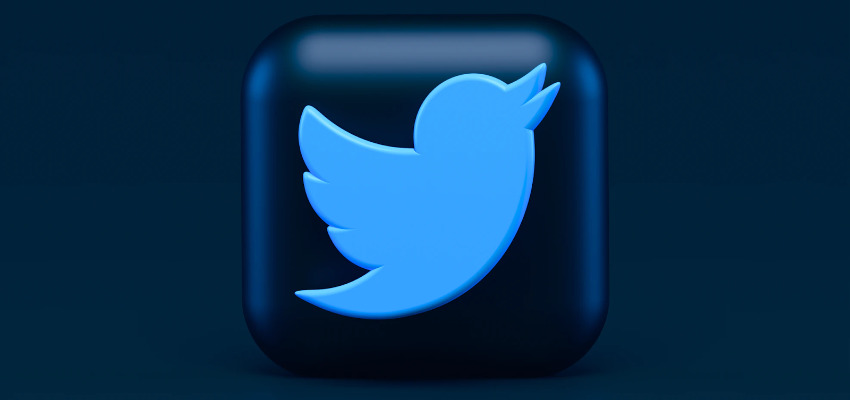Show:
How to choose a Twitter analytics tool: things to consider
What do we scan to get news, find the best jokes, and discuss hot topics? Chances are, it’s Twitter! Often notorious for ideological wars in the comments, it remains one of the flagships amidst social media platforms.

That alternative social universe has long become one of the paramount sources of communication both for individual users and brands. According to Statista, Twitter has around 429.79 million users worldwide, which is only growing.
While regular users can post whatever thought comes to their mind and be happy, brands must be more thoughtful about their Twitter presence. Their goal is to raise brand awareness and direct traffic to their website, so it’s essential to plan a Twitter strategy.
However, the catch is that no strategy functions without a proper analysis of your profile, business opponents, and audience. Numerous Twitter analytics tools have capacities to evaluate 100% of the strengths and weaknesses of your brand and pinpoint what areas need your attention. They can go beyond calculating such basic metrics as likes and followers and show you a more in-depth and detailed analysis of the most valuable materials for the brand.
So you want to scheme the most practical strategy. That means obtaining stably performing Twitter analytics software. How do you choose one?
Fortunately, many tools offer free trials and demos, so you can rest them before investing in them. But even with that advantage, the sheer amount of Twitter monitoring and analytics apps might appear extra confusing. After all, you get an apparatus to cut your working time in half, not spend hours and hours testing out all of them.
This blog post will highlight what a business doer must pay attention to when scanning Twitter analytics tools’ features.
Twitter-Specific vs. Covers Everything
The first and foremost component to determine is whether your analysis focuses solely on Twitter or whether you want to cover other opinion hubs as well.
On the one hand, If you have a presence on numerous social media platforms, it’s only logical to find a tool that will help you analyze all of them.

On the other hand, a monitoring tool that covers whole lists of social media hubs will probably require more investments from you, both in terms of money and time to set it up. If you only have a few social media accounts, investing in a state-of-the-art tool that covers every network doesn’t make sense.
However, its data can still be significant even if you don’t have a presence on a certain platform. Social listening instruments find mentions of your marque, other business challengers, or relevant topics online.
If you don’t have a TM page, let’s say, on Instagram, you can still benefit by studying posts by your audience or posts about your competitors.
When choosing a tool, consider your social media accounts and your audience in equilibrium. Where do they post, and what platforms do they use? If it’s just Twitter, a Twitter analytics tool/app will do.
But consider programs that analyze data from multiple platforms if you need ubiquitous real-time coverage.
Free vs. Enterprise-Level Tool
The cost of the tool itself is also a point of consideration.
First, it’s not hard to snatch a free Twitter analytics tool. Granted, you will have limited access to condensed analysis results and their export.
For instance, you may find that a Twitter tool blocks some of the vital metrics and insights, like the best times to post or the best days to post, given your posts’ success (or failure).
As for Twitter monitoring, the free instruments track remarks and show you wherever relevant keywords get mentioned online, but no more than that. You won’t be able to see how individuals feel about your label and industry, how the volume of comments changes over time, and the most prominent topics concerning your keywords.
Select the tools in the price category you fancy and then compare which gives you the best service-to-money ratio, i.e., where you get business perspicuities for the least amount of money.

Native data vs. monitoring data
That might be the most significant point because it answers the question WHY do you need Twitter analytics?
And your answer should go beyond comprehending your social media activities. Twitter analytics you require to support your business goals.
Here’s an example of the thought process you should adhere to when choosing a Twitter analytics tool:
I want to raise our brand loyalty and increase the number of returning customers. That’s why I need to encourage engagement on social media and interact with our clients more and better. So I need to analyze our current engagement and replies to our posts on Twitter to understand what kind of content we need to post and how we need to respond to users.
See, you build a request from your business goal. Think about other targets you want to hit and figure out what analytics you need.
***
These three questions will help you narrow your search and find a Twitter analytics tool that best suits your needs.

 Return to Previous Page
Return to Previous Page








